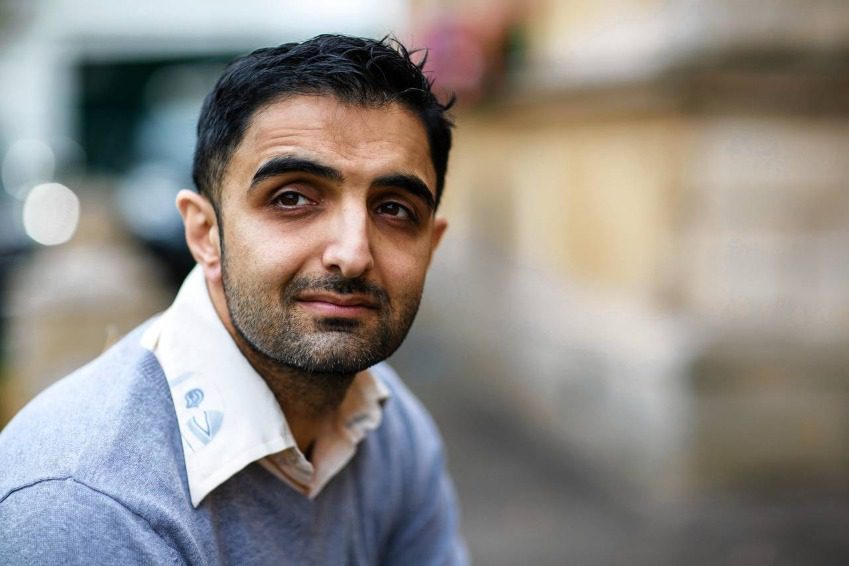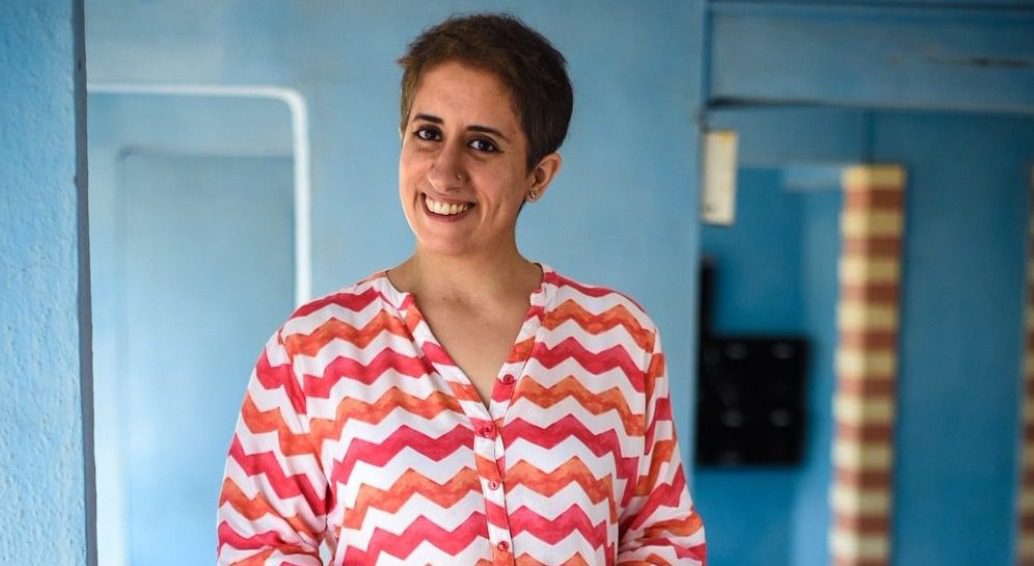(July 29, 9:10 am) Being the first woman of color to break into an all-white men writers team at American sitcom The Office wasn’t an easy feat, but that’s Mindy Kaling for you – bold, fearless, and unabashed. For someone who began her journey at 24, the writer, producer, actor, and director has come a long way with immensely successful shows and films to her credit.
Thanks to Kaling, underrepresented minorities are finding a voice and visibility in US pop culture. So much so that the Indian American has become the poster girl for South Asian arts, culture, and even quirks, on every media platform available.
The 42-year-old’s inspirational journey hasn’t been an easy one.
An overlooked teenager finds solace in comedy
Born as Vera Mindy Chokalingam in Massachusetts to a Tamil architect father and a Bengali doctor mother, Kaling’s life in Buckingham Browne & Nichols School was quite a dampener because, in her words, she was an “average overlooked” student. With no “cool” friends to hang out with, she found solace in comedy shows on American TV. It was Comedy Central, Monty Python sketches, and Saturday Night Live reruns that piqued her interest in comedy.
I was all smiles because I got to go to school and be myself. #62MillionGirls don’t have that chance. Let’s end that. pic.twitter.com/GyVi7XPoWZ
— Mindy Kaling (@mindykaling) September 27, 2015
But this wallflower truly blossomed at Dartmouth College. From writing plays and acting in college dramas to singing, Mindy spread her wings as she graduated with a degree in playwriting.
At 19, she got a summer internship at Late Night With Conan O’Brien. She reckons herself as the worst intern that the show had ever seen. “I treated my internship as a free ticket to watch my hero perform live on stage every day, and not as a way to help the show run smoothly by doing errands,” she wrote in her memoir.
The play that got Kaling The Office
The internship might have been a facade but Kaling was sure comedy was her true calling. Soon she packed her bags and moved to Brooklyn. But it wasn’t until 2002 that things started to move for Kaling when her comedy play Matt and Ben debuted at the New York International Fringe Festival. Such was the popularity of the play that in no time it was transferred to Off-Broadway venue in East Village. It was here that American screenwriter and producer Greg Daniels saw Kaling perform and offered her a writing gig for the first season of The Office.
Damn this is a #TBT pic.twitter.com/3xk6UL5lbr
— Mindy Kaling (@mindykaling) September 8, 2016
Kaling was all of 24 when she became the only woman and the only person of color to join eight other writers on the show which was nominated for an Emmy. Along with her writing credits, Kaling made her TV debut as a super sassy and fearless Kelly Kapoor in the hit American sitcom. Kaling fully represented her Indianness with all its quirks on one of the most popular sitcoms of all time. With the progression of the show, Kaling also became an executive producer and director, besides 24 episodes to her credit as writer.
When sexism rocked her boat
Early on in this very show, Kaling faced sexism. Shortly after The Office was nominated for Emmy for Outstanding Comedy Series, the Television Academy told Kaling that she wouldn’t be eligible for an Emmy like the rest of the staff because there were too many producers on the show.
In a conversation with Elle, she revealed,
“They made me, not any of the other producers, fill out a whole form and write an essay about all my contributions as a writer and a producer. I had to get letters from all the other male, white producers saying that I had contributed when my actual record stood for itself.”
Her name was included in the final list, however, the show did not win an Emmy.
After being part of The Office for eight seasons, Kaling bid goodbye to the show. It was around the same time that the 42-year-old released her first memoir Is Everyone Hanging Out Without Me? A hilarious account of her highs and lows in life, the book soon made it to the New York Times best-selling list.
The rise of a pop-culture icon
While The Office opened doors of opportunities for Kaling, it was The Mindy Project that got her bigger recognition and fame. The 2012 show that ran for six seasons made Kaling the first woman of color to have her own network show. In no time, she broke the barriers of race and became an international pop culture icon. Such was the popularity that when the show moved from Fox TV in 2016 to Hulu’s version, Kaling was pulling in an estimated $140,000 per episode. Moreover, she earned the third spot on the Forbes list of the highest-paid actresses on TV in 2017.
A popular name on television, Mindy also dipped her toes in Hollywood with films like A Wrinkle in Time, Ocean’s 8, and Late Night.

Mindy Kaling and Sandra Bullock in a still from Ocean’s 8
Despite being in the entertainment industry for decades, Kaling felt like an outsider because of the constant reminders that she is different.
“We talk about how representation matters in Hollywood, so much that it almost loses its meaning. But it’s actually real. Growing up, I realized that there was no one who looked like me on TV, so I often found myself drawing parallels to people who are like me on shows like the Cosby family or characters on white sitcoms. You cannot imagine how excited I was when Bend It Like Beckham came out. The idea that I could actually see people from my community onscreen blew my mind,” she told IANS.
Though Kaling was representing Asians with her stories, the actor and producer revealed that her shows weren’t ethnicity-driven.
Never Have I Ever
With her 2020 Netflix show Never Have I Ever, Kaling broke barriers for Indians on the global stage. The popular series is one-of-its-kind that brought representation and diversity to the forefront, something that has always been a filler in most American sitcoms. Kaling has somehow shattered the glass ceiling by bringing South Asians alive on the screen like never before. Giving them a three-dimensional character has got her a huge thumbs up from fans and critics alike.
While Mindy Kaling is basking in the success of Never Have I Ever, she is ready to give Velma Dinkley an Indian twist in HBO’s Scooby-Doo spin-off. But this has got Kaling backlash from some fans who took objection to an “Indian” playing the part.
Responding to the backlash, Kaling said at Late Night with Seth Meyers,
“She’s such a great character, she’s so smart. And I just couldn’t understand how people couldn’t imagine a really smart, nerdy girl with terrible eyesight and who loved to solve mysteries could not be Indian. Like, there are Indian nerds. It shouldn’t be a surprise to people.”
Kaling has been a popular figure on American TV for a long time, but despite her fame, it has been a mixed bag for her.
“It really doesn’t matter how much money I have. I’m treated badly with enough regularity that it keeps me humble,” she told Elle.
Editor’s Take
For the longest time, Hollywood and American shows saw South Asian characters as caricaturish. Their unidimensional roles could be cringy and stereotypical at times. But it was Mindy Kaling that changed the game when she took the reins of The Office in her hands many years ago. Ever since the producer, actor, writer, and director has been making every effort to truly represent South Asians at their authentic best. The fact that she feels like an outsider even after all these years shows how migrants have to always put in extra effort irrespective of their vocation or the degree of success they have achieved.
RELATED READ: How Oscar winner Guneet Monga tackled ageism and early failures




